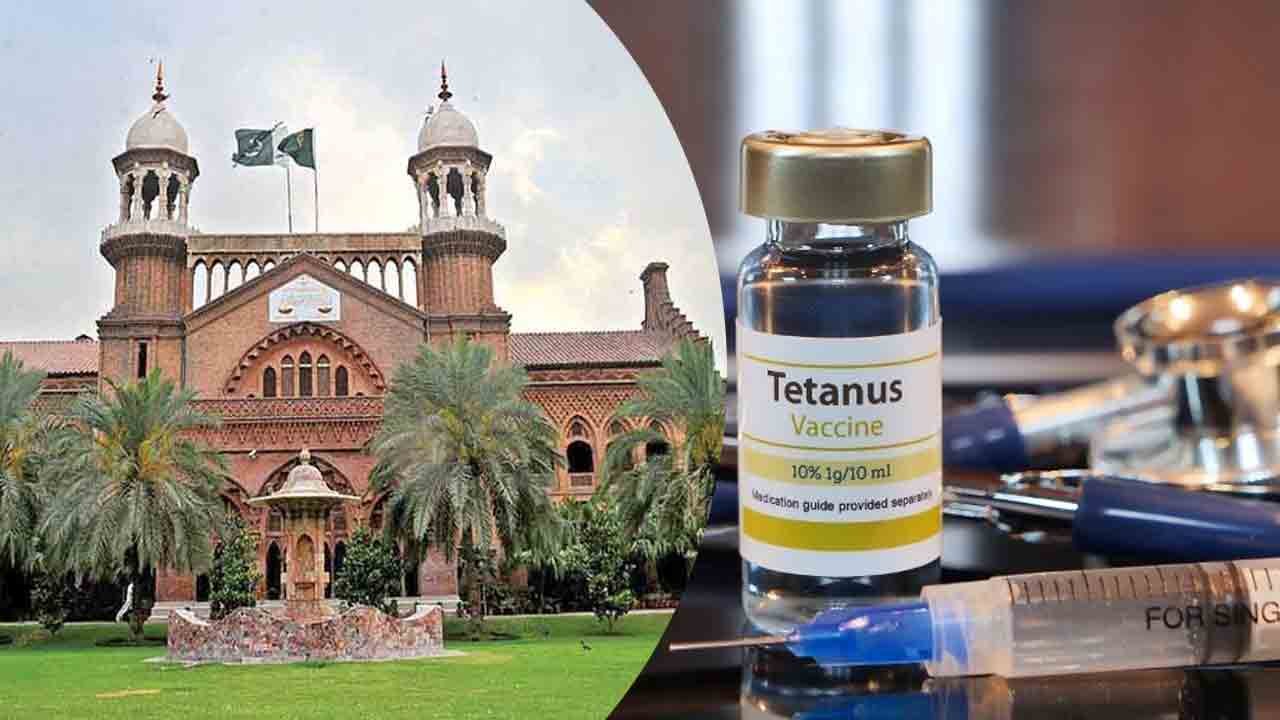The pharmaceutical landscape in Pakistan is facing a dire crisis, with many companies halting the production of medicines due to stringent regulations imposed by the Drug Regulatory Authority of Pakistan (DRAP). As a result, more than 100 life-saving drugs are experiencing severe shortages, posing a grave threat to public health and well-being.
Mian Khalid Misbah, Chairman of the Pakistan Pharmaceutical Association, has shed light on the grim situation, attributing the cessation of medicine production to several factors. He cites the soaring value of the dollar, escalating costs of raw materials, and the rampant inflation plaguing the country as primary drivers behind the pharmaceutical industry’s struggles. Despite the high production costs incurred by pharmaceutical companies, DRAP’s pricing policy, implemented in 2018, limits the annual increase in the prices of life-saving drugs to a mere 7 to 10 percent. This restrictive pricing mechanism has rendered many drugs economically unviable to produce, prompting companies to halt their manufacturing operations.
Presently, only 10 multinational pharmaceutical companies remain operational in Pakistan, tasked with producing essential life-saving medications. With the dwindling number of manufacturers, the demand for these critical drugs is expected to soar, leading to concerns about the proliferation of substandard and counterfeit medicines in the market. Moreover, the deregulation of medicine prices has further exacerbated the crisis, removing any semblance of price controls and allowing market forces to dictate medication costs.
A stark comparison with neighboring countries underscores the gravity of the situation. While Pakistan grapples with a shortage of 494 life-saving drugs, India, Bangladesh, and Sri Lanka boast significantly smaller lists of essential medications, all of which are subject to stringent price controls. Despite facing similar economic challenges, these countries have managed to maintain stable supplies of life-saving drugs while ensuring affordability for their populations.
The disconnect between DRAP’s pricing policy and the economic realities facing pharmaceutical companies is evident. The meager 7% annual increase sanctioned by DRAP pales in comparison to the staggering inflation rates hovering around 25% to 30% annually. Additionally, the steep bank markup rates and the depreciation of the Pakistani rupee against the dollar further exacerbate the financial burdens faced by pharmaceutical manufacturers. In such a hostile economic environment, the viability of producing life-saving drugs at regulated prices becomes increasingly untenable, jeopardizing the availability of essential medications for patients nationwide.
As the pharmaceutical crisis deepens, urgent intervention is warranted to avert a looming public health catastrophe. DRAP must reassess its pricing policies in light of the economic challenges confronting pharmaceutical companies, allowing for more realistic price adjustments that reflect the true cost of production. Furthermore, concerted efforts are needed to bolster local manufacturing capabilities, reduce reliance on imported medications, and promote transparency and accountability within the pharmaceutical industry.
In the absence of decisive action, the shortage of life-saving medicines in Pakistan threatens to undermine the health and well-being of millions of citizens. It is imperative for stakeholders to collaborate effectively to address the root causes of the crisis and ensure uninterrupted access to essential medications for all segments of society.



